SUSTAINABILITY
With the government aim to be Net Zero Carbon Emissions by 2050, a huge focus is on renewable technology in the design and building trade.
Our personal aim is to design practical and economic ways
in which to revolutionize the way buildings are powered and heated.
Our personal aim is to design practical and economic ways in which to revolutionize the way in which buildings are powered and heated.
We will always personalise this plan to each property.
Not all solutions will work effectively on all projects.
Below are just some examples of renewables we have fitted and used

Photovoltaic system
These are the most commonly used solar panels in the UK. They convert sunlight directly into electricity. There are two systems to choose from: a grid connected system or a stand alone system. With a grid connected system, if your domestic solar panel system generates more electricity than your household requires in a day, this surplus energy can be exported back to the national grid.
On the other hand, if you need more electricity than your solar panels have generated, the grid can supply this. Stand alone PV systems are not connected to the grid, but instead charge a solar battery system. These batteries store the electricity generated by your panels. To operate your appliances, the stored electricity from these batteries will be used.
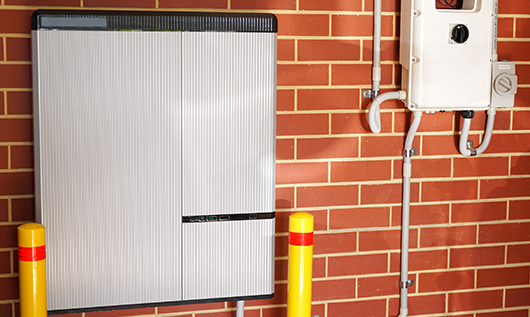
ENERGY STORAGE SOLUTIONS
Solar batteries store electricity generated by solar power and let you to use it during the evenings when your solar panels are not generating electricity. You can make use of solar batteries whether you are connected to the grid or not.
Solar battery storage system costs are not low, ranging from £1,200 to £6,000, depending on the size and capacity. However, technological advancements are leading to new solutions year after year, and may likely lead to a reduction in solar battery prices.
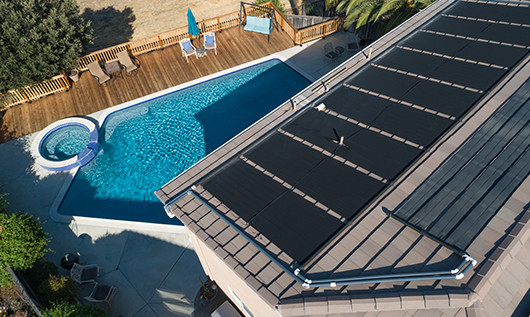
SOLAR THERMAL PANELS
Solar thermal panels use sunlight to heat up water this is stored in a cylinder, which can then be used for your home heating needs.
Solar thermal panels are roof-mounted, just like solar PV panels, but look slightly different, as instead of cells they have multiple pipes that heat up water.
They most commonly provide domestic hot water for the property.
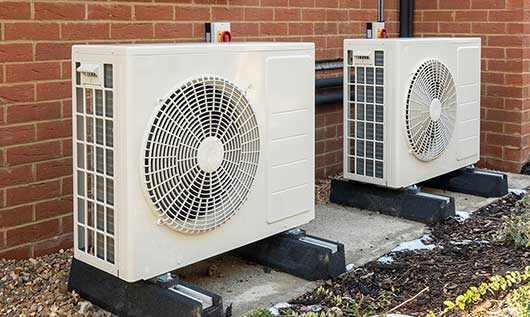
AIR SOURCE HEAT PUMP
An air source heat pump, sometimes referred to as an air-to-water source heat pump, transfers heat from the outside air to water, which heats your rooms via radiators or underfloor heating.
It can also heat water stored in a hot water cylinder for your hot taps, showers and baths.
We recommend heat pumps primarily on new builds and to work in conjunction with photovoltaic panels.
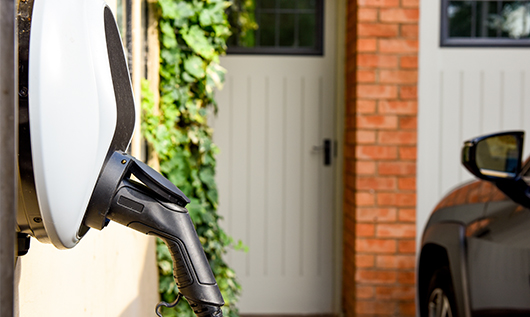
electric vehicle charging points
Making the switch to electric vehicles has never been easier. Charging your car at home is the way to go for a simple plug-in and go solution and with the technology of electric cars improving all the time – especially battery capacity.
To make things even better, the government offers a grant towards buying and installing a wallbox at home through the Electric Vehicle Homecharge Scheme (EVHS).
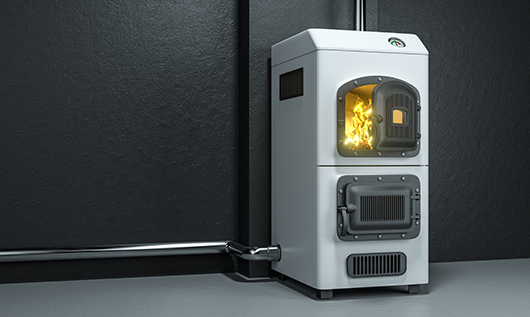
biomass boiler
Biomass is a renewable energy source, generated from burning wood, plants and other organic matter, such as manure or household waste.
It releases carbon dioxide when burned, but considerably less than fossil fuels.
Biomass heating systems burn wood pellets, chips or logs to provide warmth in a single room or to power central heating and hot water boilers.
HERE ARE SOME OF THE local authorities WE WORK WITH.





